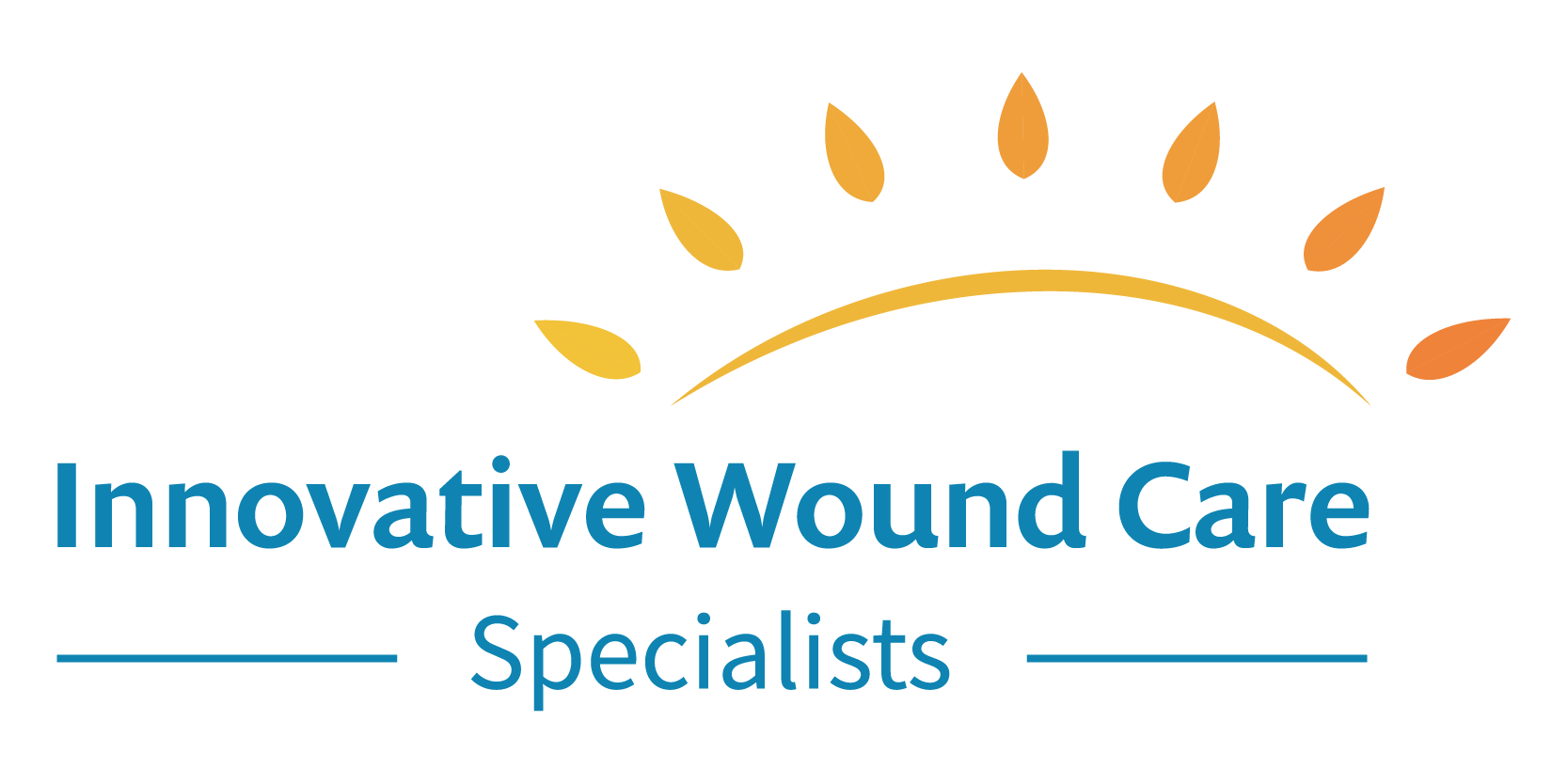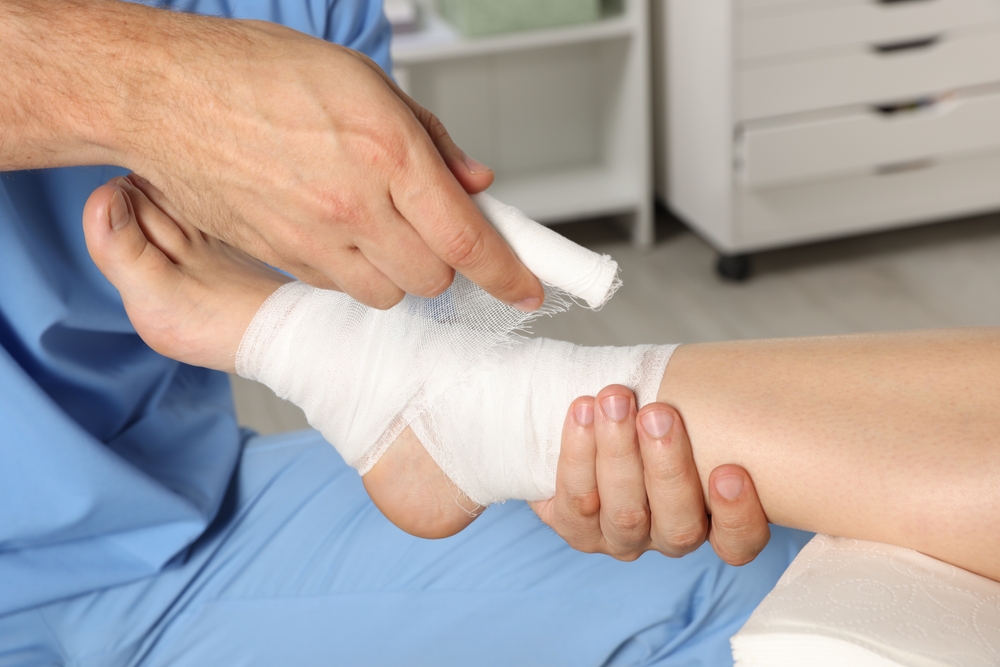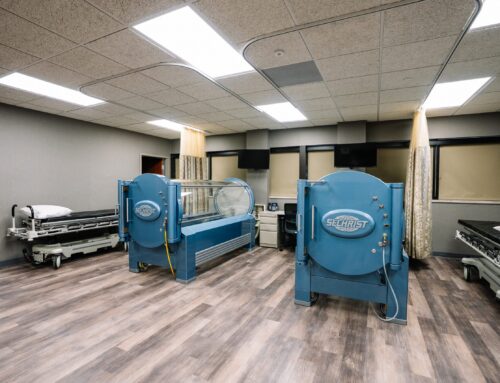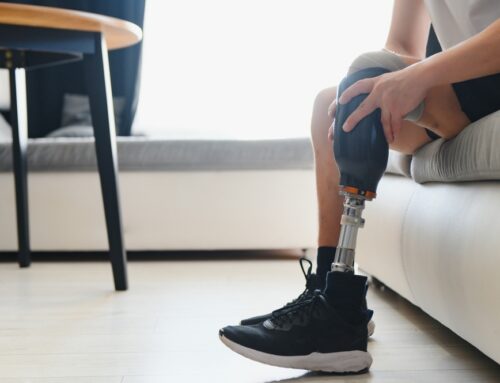Wound healing can be a slow and challenging process, especially for individuals dealing with chronic or complex wounds. If you or a loved one is struggling with a wound that won’t heal using traditional methods, you may be wondering if there are more advanced treatment options available. Negative Pressure Wound Therapy (NPWT) is one such solution that has gained widespread use in hospitals, wound care centers, and even at home with supervision.
What is Negative Pressure Wound Therapy?
Negative pressure wound therapy (NPWT) is a wound treatment that uses a device to create a vacuum to reduce the presence of bacteria and prevent fluid buildup, which helps reduce swelling and keep the wound clean. This method of wound healing can be used on a variety of soft tissue wounds to draw together the edges and increase blood flow to the area, which ensures the wound gets the nutrients it needs to create new cells as it heals.
With difficult wounds, there are multiple types of wounds that can benefit from negative pressure wound therapy, including:
- Skin grafts
- Diabetic foot ulcers
- Closed surgical incisions
- Burns
- Pressure ulcers
- Reopened wounds
- Chronic or slow-healing wounds
How Does NPWT Work?
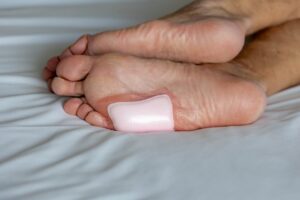
In order to start NPWT, your doctor will prepare your wound first. Depending on the state of your wound, it may have to be debrided in an operating room first to remove any necrotic tissue.
Once your wound is appropriately cleaned, your doctor will apply dressings to your wounds. These dressings include a portion made of foam or gauze around the wound, and an adhesive layer over top to cover and seal the dressing. After the dressings are in place, your doctor will attach a drainage tube to the dressing to allow excess fluid to drain out. This tube will connect to the portable vacuum pump, which will reduce the air pressure around your wound and drain any excess fluid accumulated.
Any fluid that comes from your wound, or exudates, can cause bacteria to grow at the site of your wound. By draining the fluid as it accumulates, NPWT reduces the risk of your wound becoming infected. Between the vacuum pump and the dressings, your wound gets all the resources and nutrients it needs to heal while staying in a protected and controlled environment.
A critical part of NPWT is the increase in blood flow to your wound. When negative pressure or suction is created on the surface of your skin, the capillaries under your skin begin to dilate because the suction is causing all the tissues underneath it to stretch. As a result, your blood flow increases and transports extra nutrients and oxygen to the wound site. The suction also causes the edges of your wound to draw together and encourages granulation, which is the formation of the first ”scaffolding” layer of healing tissue.
Depending on your wound, there are different types of NPWT that can be used to create the best conditions for healing. Each method is created through the settings of the vacuum pump attached to your wound dressing. For continuous NPWT, the pump will constantly create suction and remove fluid, which is ideal for heavily draining wounds. Alternatively, intermittent NPWT uses cycles to focus on stimulating blood flow and granulation. Both of these methods can be used with portable vacuum devices to allow mobile patients to heal from home and have dressing changes at a wound clinic.
Benefits of Negative Pressure Wound Therapy
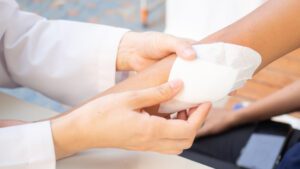
When it comes to non-healing wounds, negative pressure wound therapy can provide multiple benefits for your wound healing and comfort:
- Accelerated healing: Between the increased blood flow and new granulation tissue, stubborn wounds heal faster than with regular wound dressings.
- Reduced inflammation: Edema is caused by fluid retention, which is reduced by the vacuum pump.
- Lower infection risk: Fluid buildup can become a breeding ground for bacteria, but draining excess fluid through NPWT reduces the risk of infection.
- Less-frequent dressing changes: Depending on the wound, you can expect dressing changes to range from once a day to every few days, which is less frequent than other wound dressings.
- Support for skin grafts: Skin grafts require time to adhere to your body, and the additional blood supply helps the graft stay stable during the process.
- Chronic wound management: Slow-healing wounds improve from the increased blood flow and the edges of the wound being pulled together.
- Improved comfort: Patients undergoing NPWT are more comfortable from the reduction of dressing changes and swelling.
- Reduced hospital stay and costs: NPWT can help patients reduce their hospital stays by helping their wounds heal faster and creating the opportunity to recover from home.
Is NPWT Right for You?

Negative pressure wound therapy can be beneficial for a variety of patients with wounds. Patients may be candidates for NPWT if they have:
- A traumatic wound needing advanced healing
- A non-healing chronic wound such as pressure sores or diabetic ulcers
- A skin graft or flap
- A surgical incision
When Not to Use NPWT
There are also situations where NPWT should not be used on a wound to avoid complications. If you are allergic to the materials in the dressings, such as adhesives or foam, you should talk to your doctor about an alternative wound healing method. Patients who have a history of uncontrolled bleeding should also avoid NPWT as the suction can make bleeding worse.
Wounds that are infected or have necrotic tissue should be treated prior to negative pressure wound therapy, as they can hinder the effectiveness of the treatment. If your wound has exposed organs or blood vessels, you should not use NPWT as the suction can cause further damage to delicate tissues.
Lifestyle Changes to Prepare for NPWT
For negative pressure wound therapy to work efficiently, your doctor may recommend a few lifestyle changes. If you are a smoker, your doctor will recommend quitting to help ensure you are getting enough oxygen to promote healing. You should also prepare to make diet changes and prioritize sleep to help your body heal. NPWT treatments can last multiple weeks or months, so you should prepare to make these adjustments long-term.
More to Consider
NPWT doesn’t have to be used in all of the cases we listed earlier. When a wound responds to conventional dressings, you can continue to use them with advice from your doctor. In some cases, negative pressure wound therapy can be hard to afford or insurance will not cover the expenses. Some patients have difficulty managing an NPWT system at home. You can always talk to your doctor about alternative treatments that fit your lifestyle and budget.
Wound Healing With Innovative Wound Care
With our specialists at Innovative Wound Care, we can help evaluate your wound and determine if negative pressure wound therapy is a good option for you. We can help ensure NPWT is compatible with your medical history and mobility. Let us guide you through every step of your negative pressure wound therapy, from preparing your wound to learning how to use the NPWT device.
At Innovative Wound Care in Flint, Michigan, we proudly offer treatments for:
We also offer some of the top treatment options for wounds, such as:
- Hyperbaric oxygen therapy (HBOT)
- Advanced wound dressings
- Compression dressings
- Debridement
- Negative pressure wound therapy
Allow our providers to properly assess your wound to expedite your healing journey. You should not have to suffer in silence when you have options available to treat and manage chronic wounds.
Contact us today to learn more about our options, and the next steps you can take for further healing. We look forward to hearing from you.
